A landlord statement is a document filed by a landlord who wishes to better their prospect of getting assistance to improve their property.
As a landlord, you will be required to fill out this statement or form to get the assistance you need from specific entities.
Owning a property nowadays may be challenging, especially when it comes to finances. From houses, apartments, and condominiums to real estate, it is important to have the necessary funds to support and improve your property. That is why you need to write a statement. You will need to prepare this statement to access both general and financial assistance from specific entities like banks, government authorities, or private businesses.
Ensure that you fill the template with proper details regarding you and your property. The form will provide these entities with a better understanding of why you applied and also help them track how you utilize the funds you are given.
Since entities will require a statement form from you before offering their assistance, it is important to understand how to write it and the details that you should disclose when writing one.
Use a Template
You can also choose to use a template to fill in the statement. With a statement, it is faster, and you will consume less time while filling in the form. Also, the template will help you to write the correct details and remember all the information required in your statement.
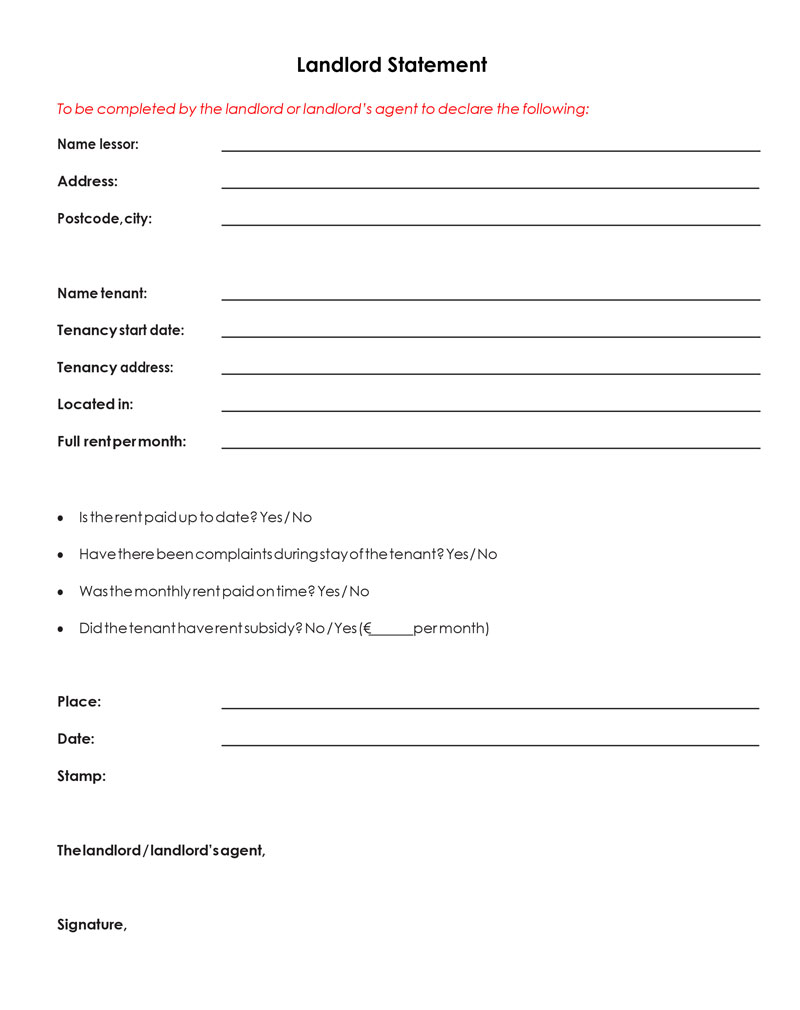
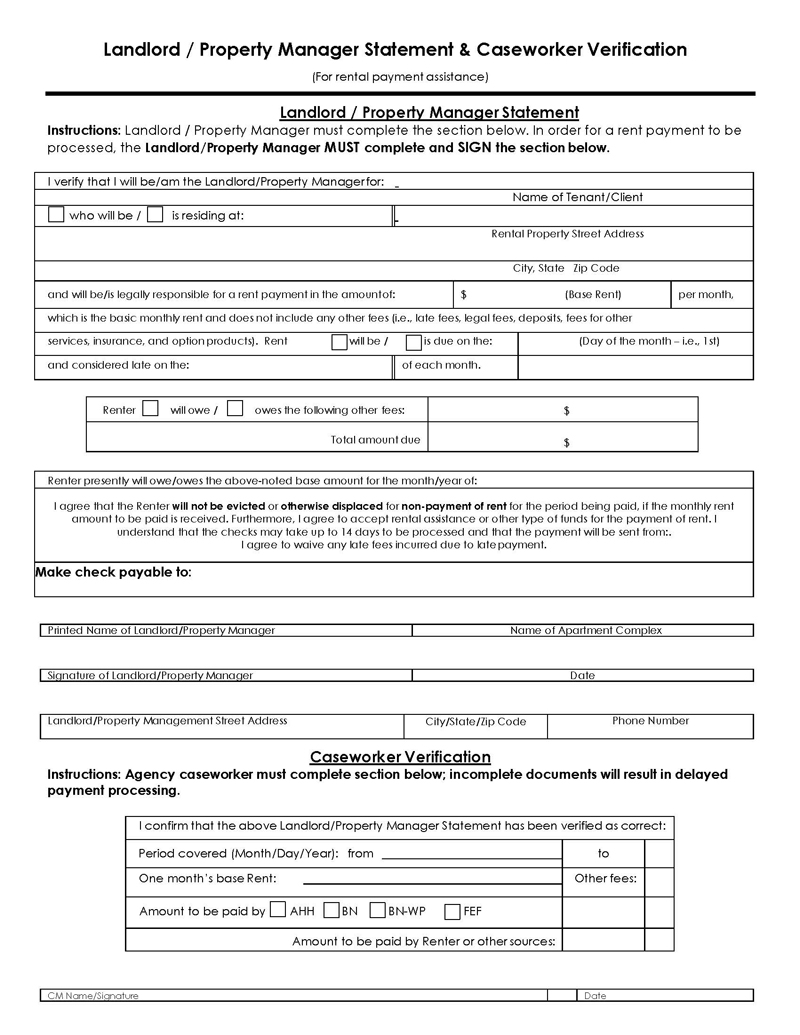
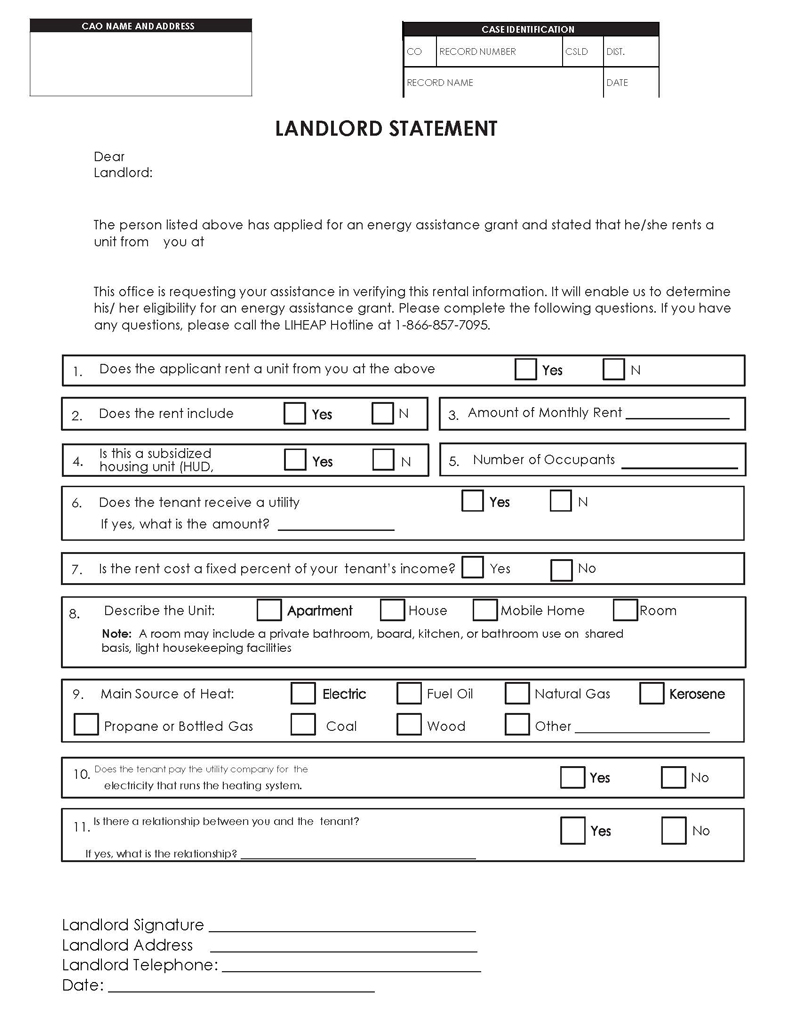
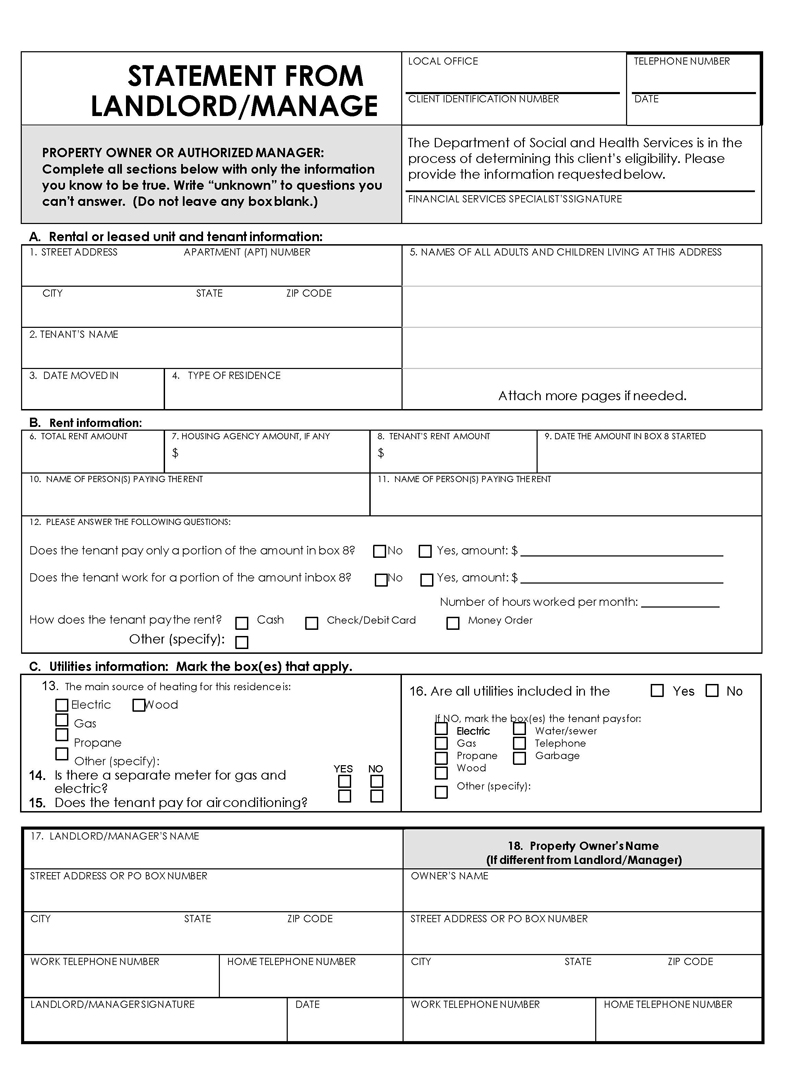
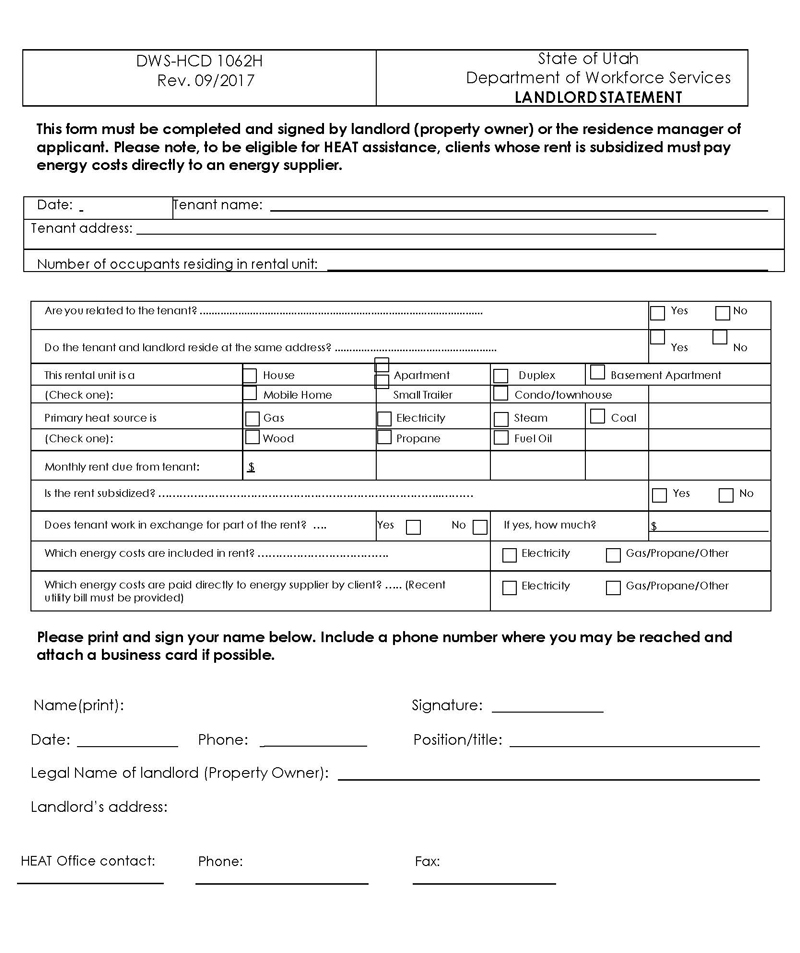
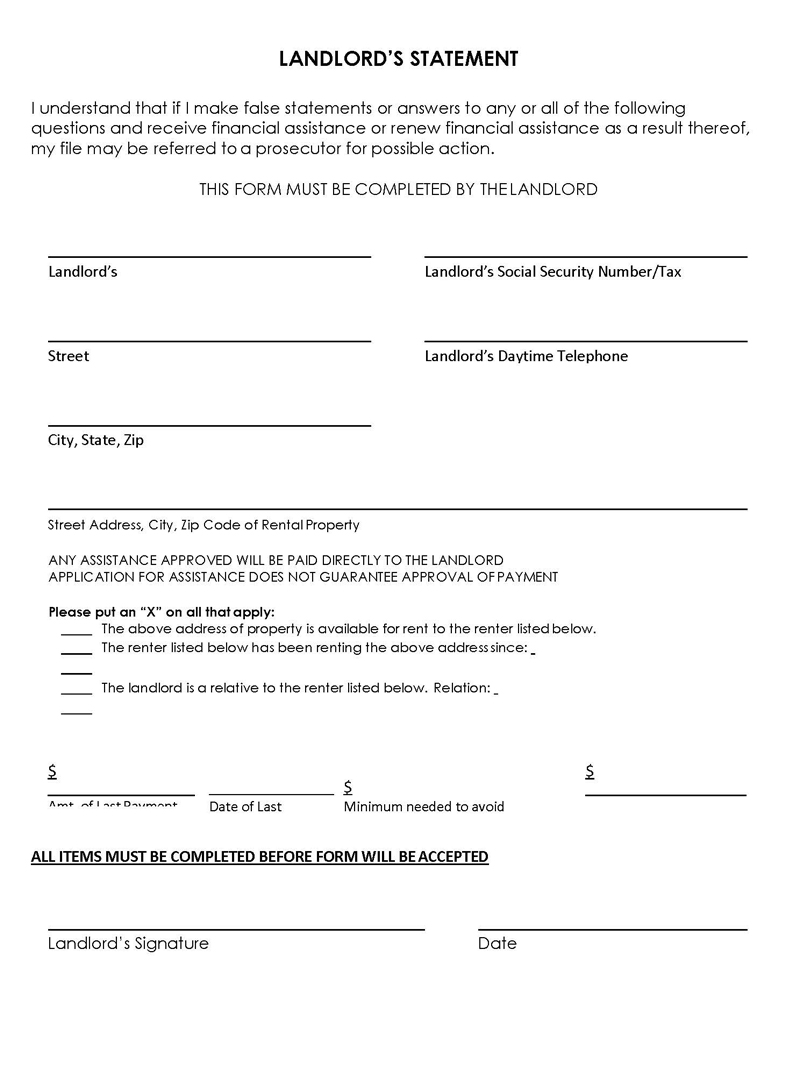
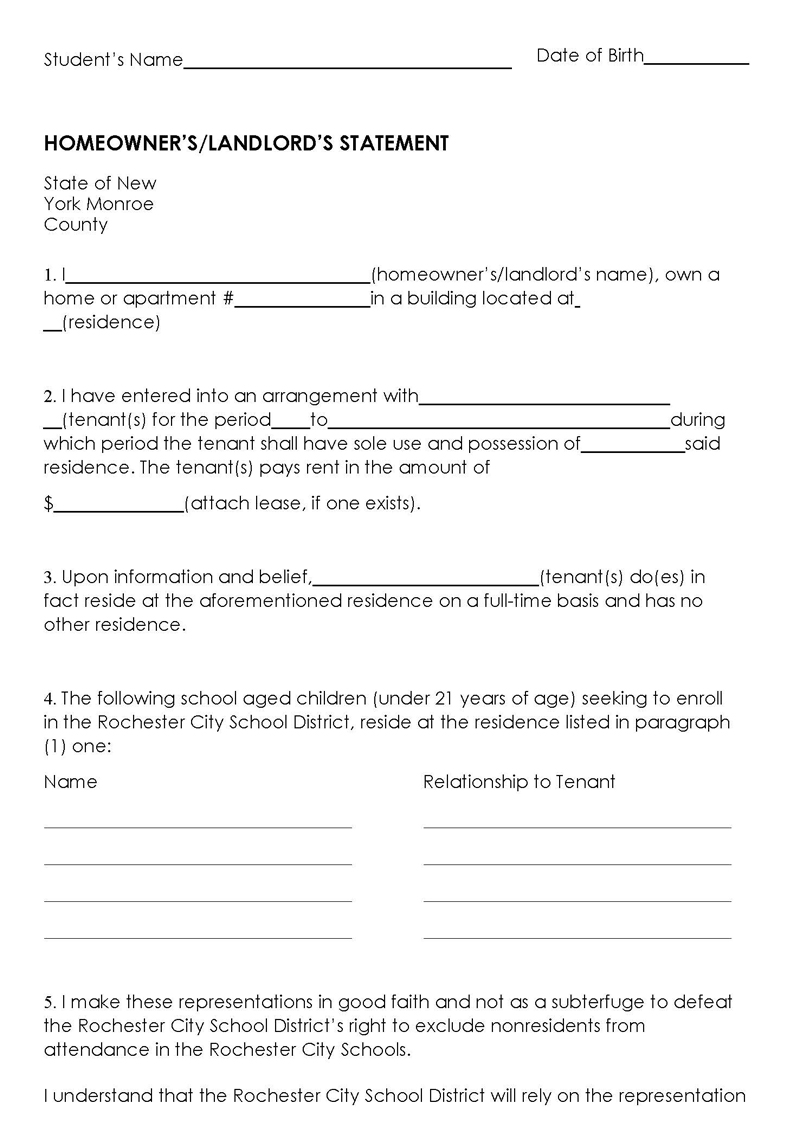
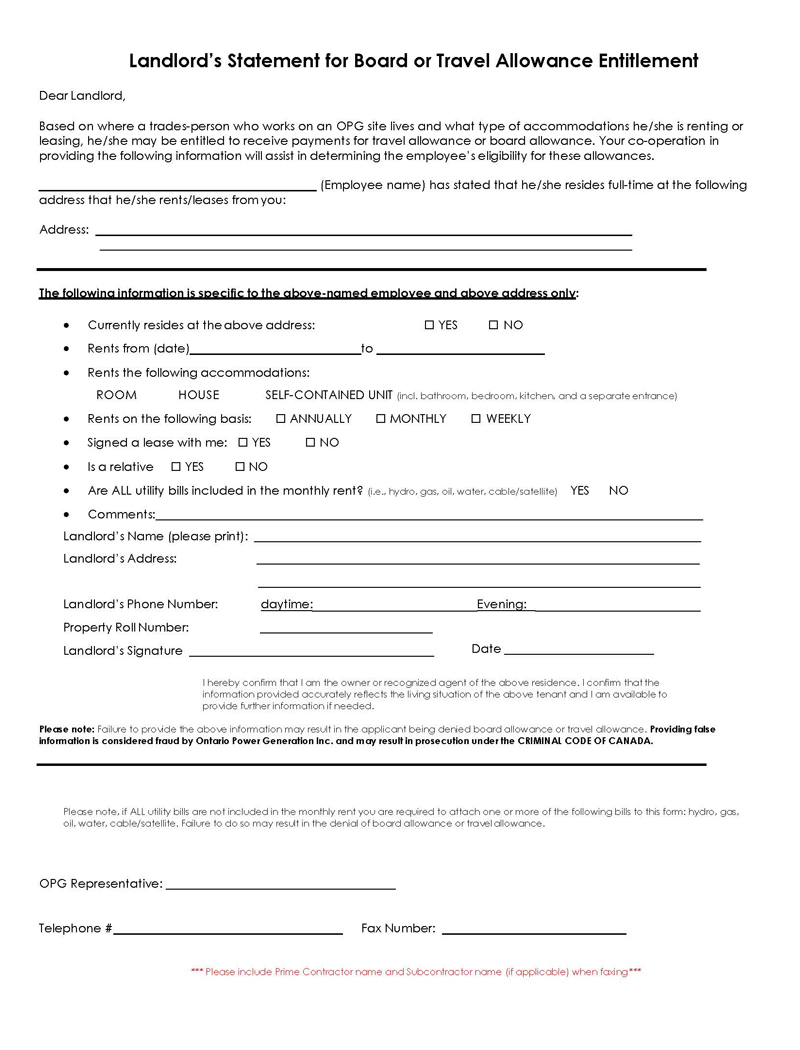
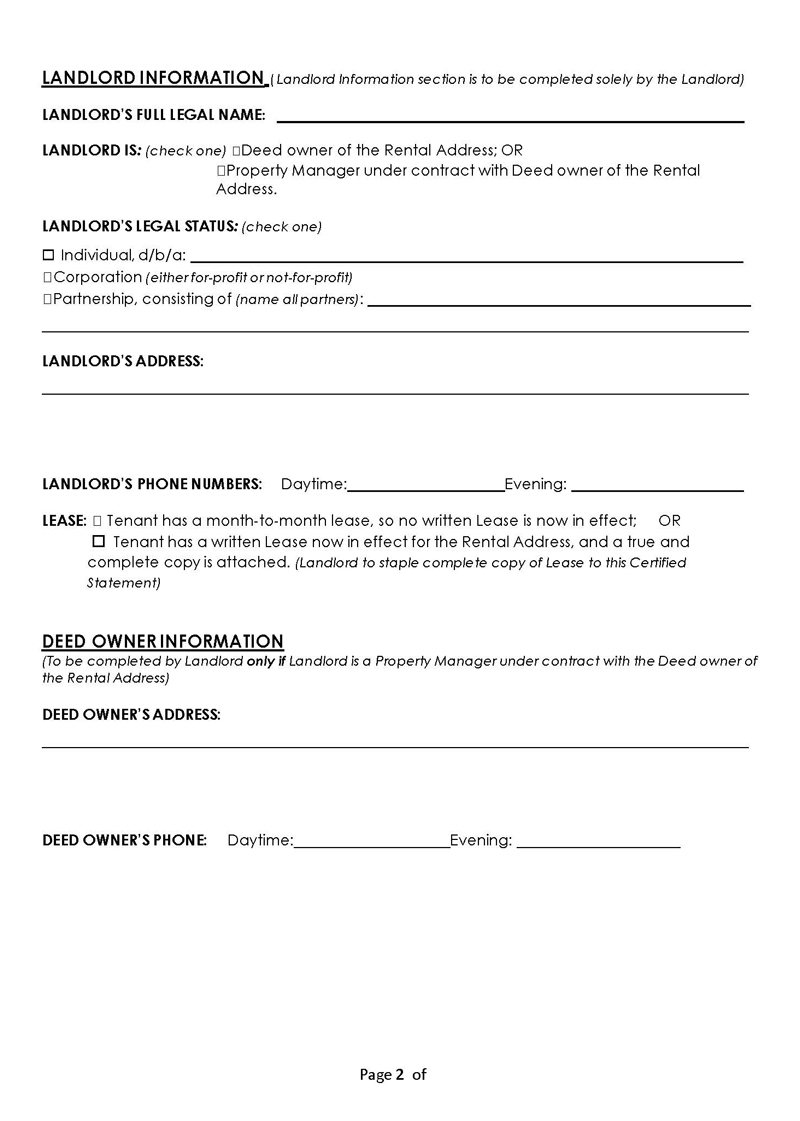
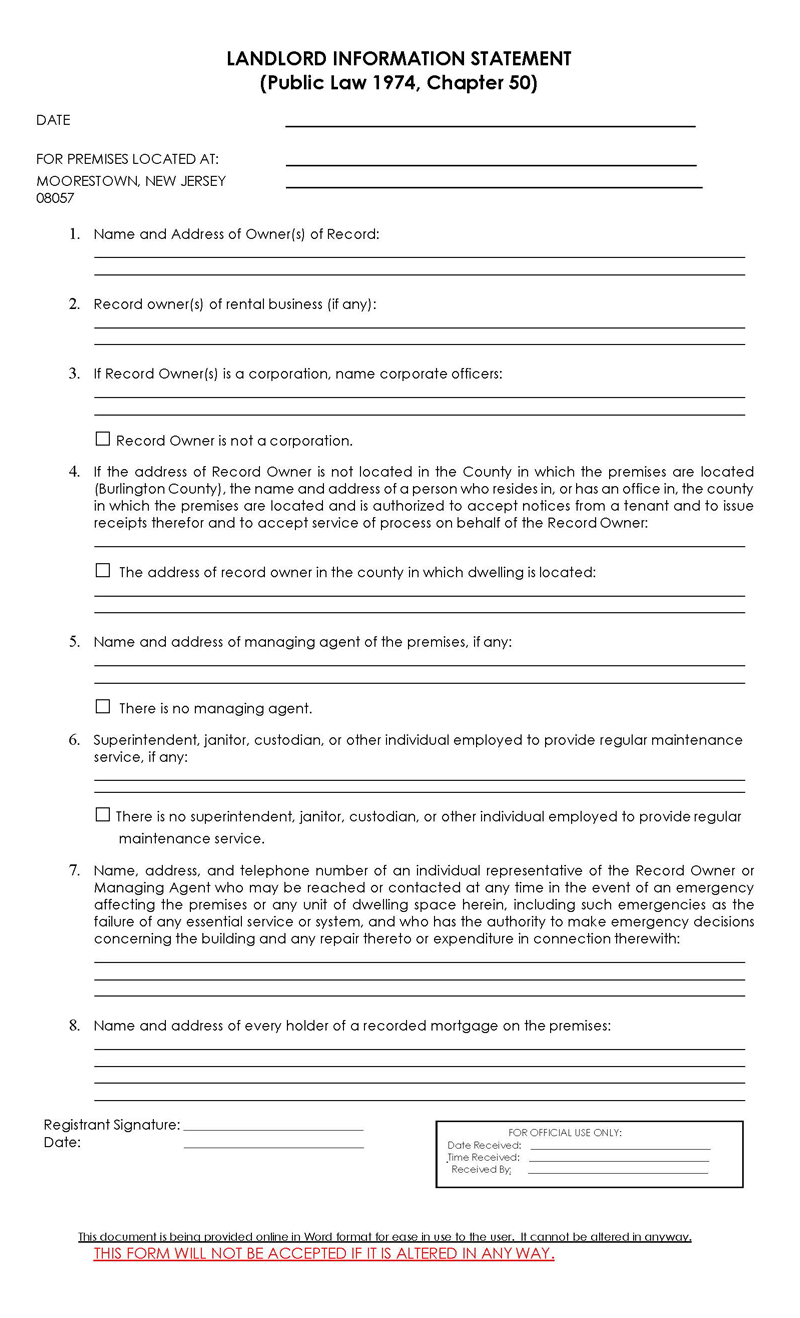
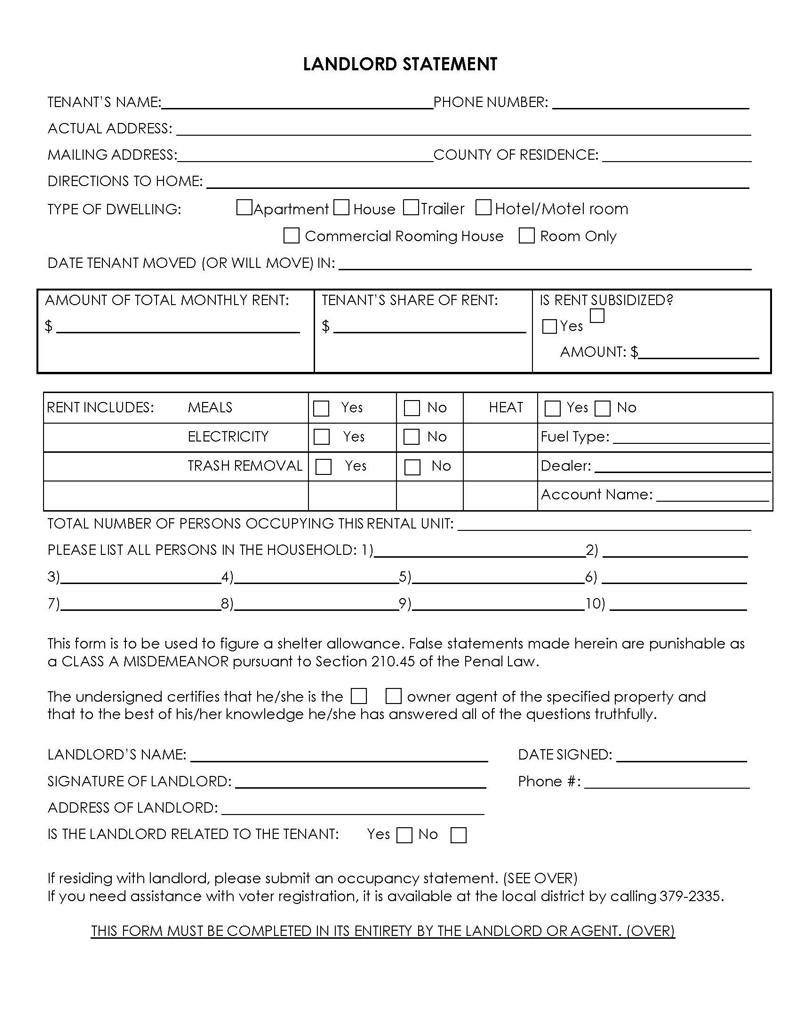
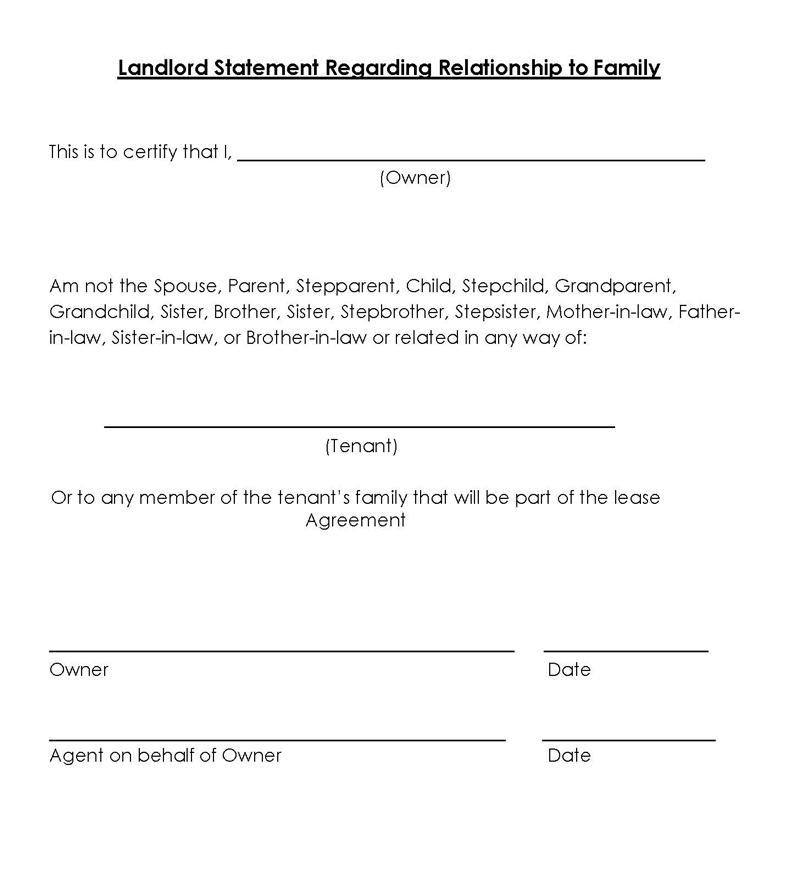
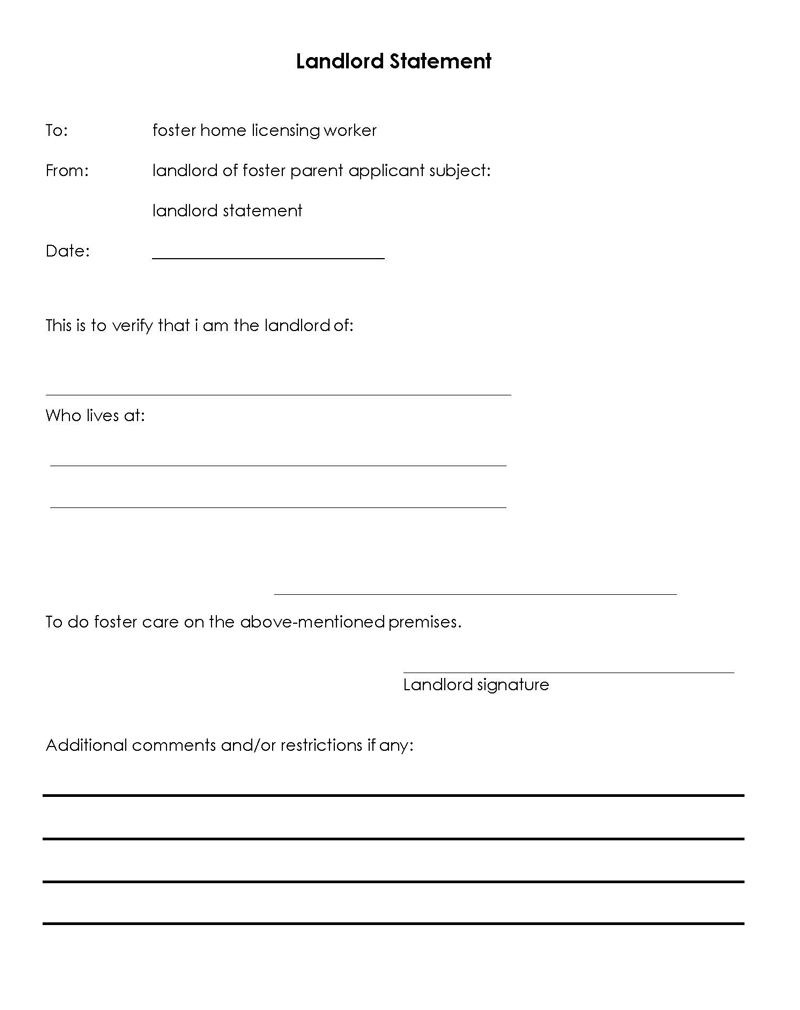
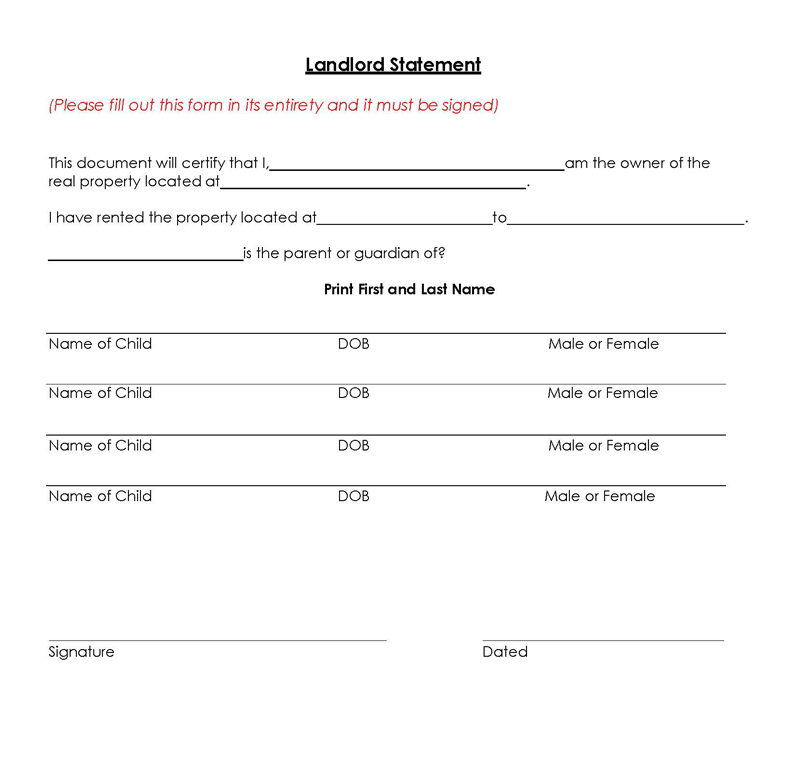
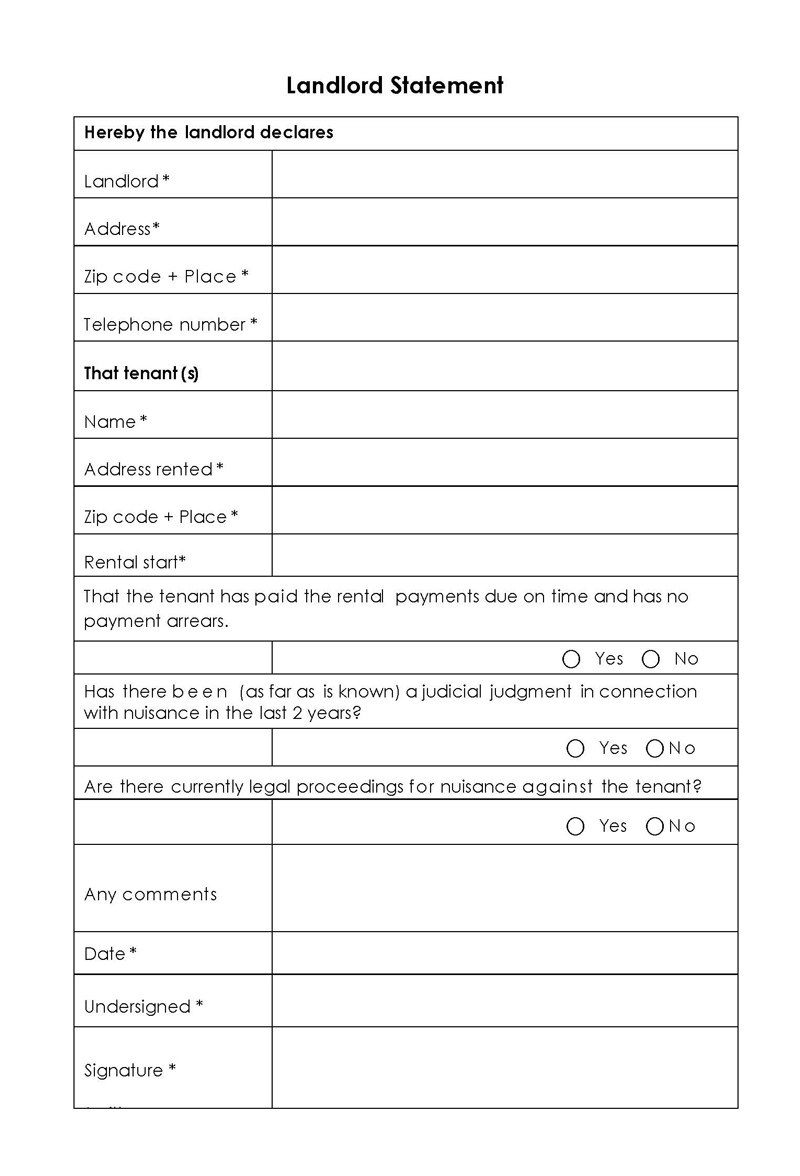
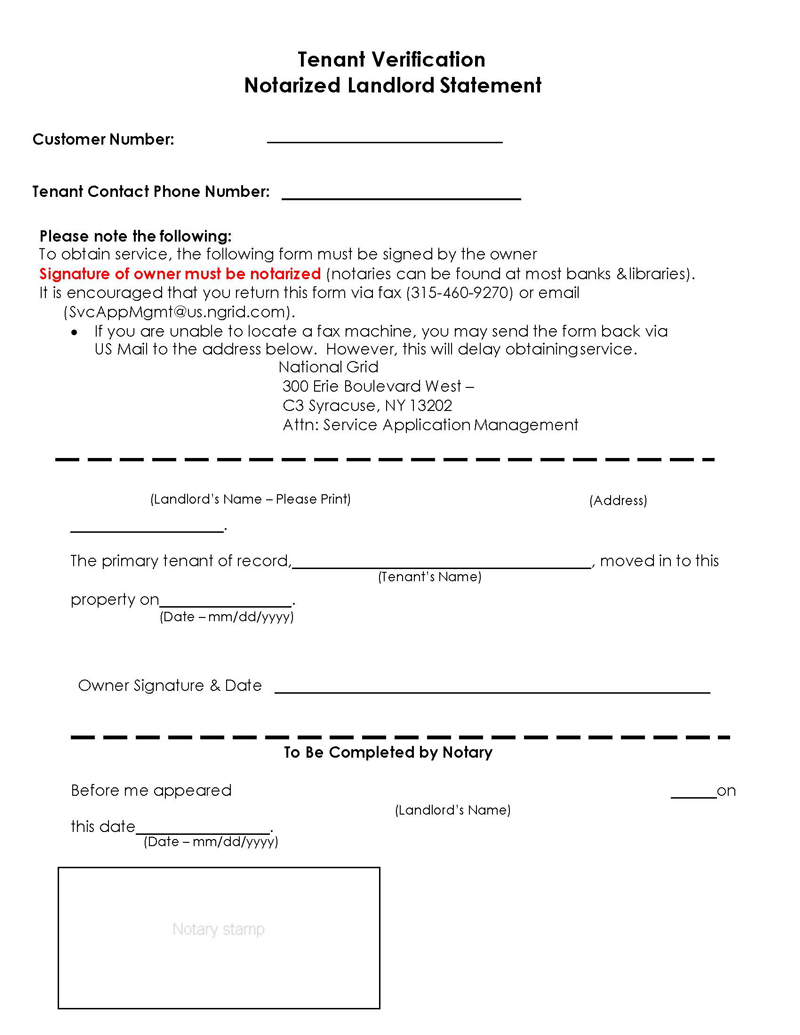
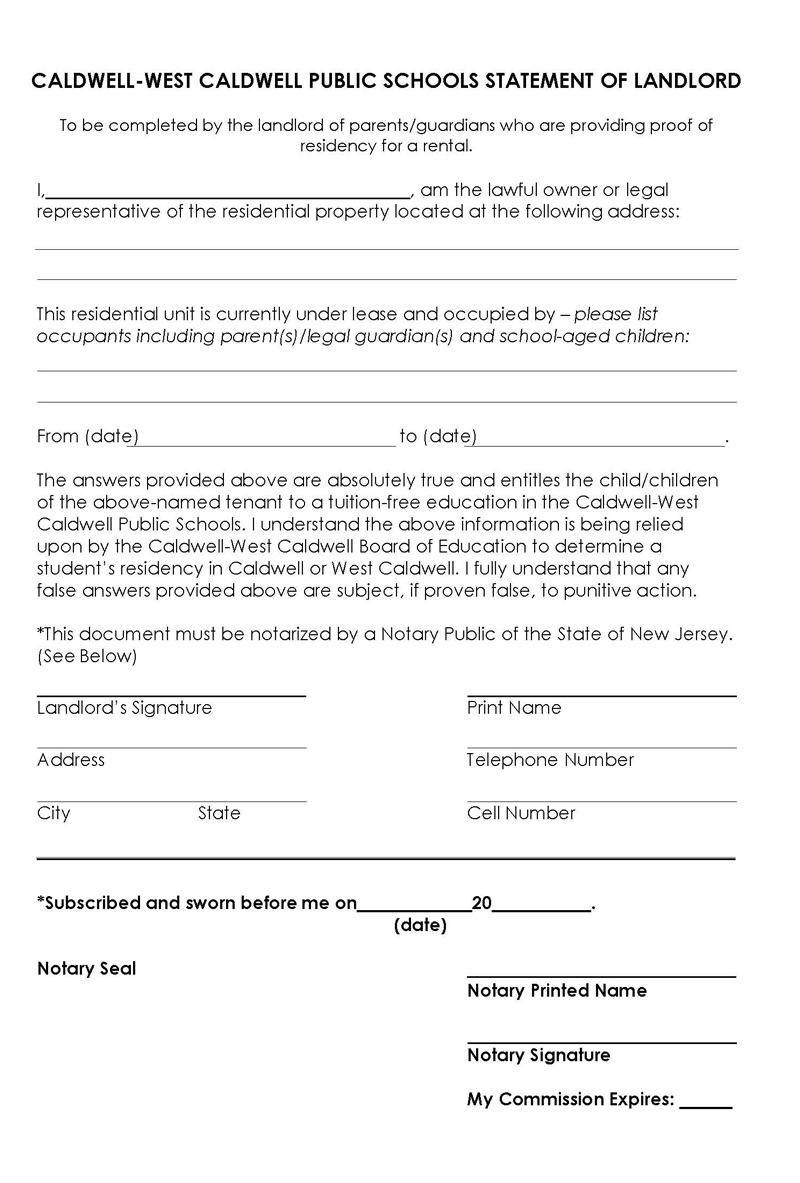
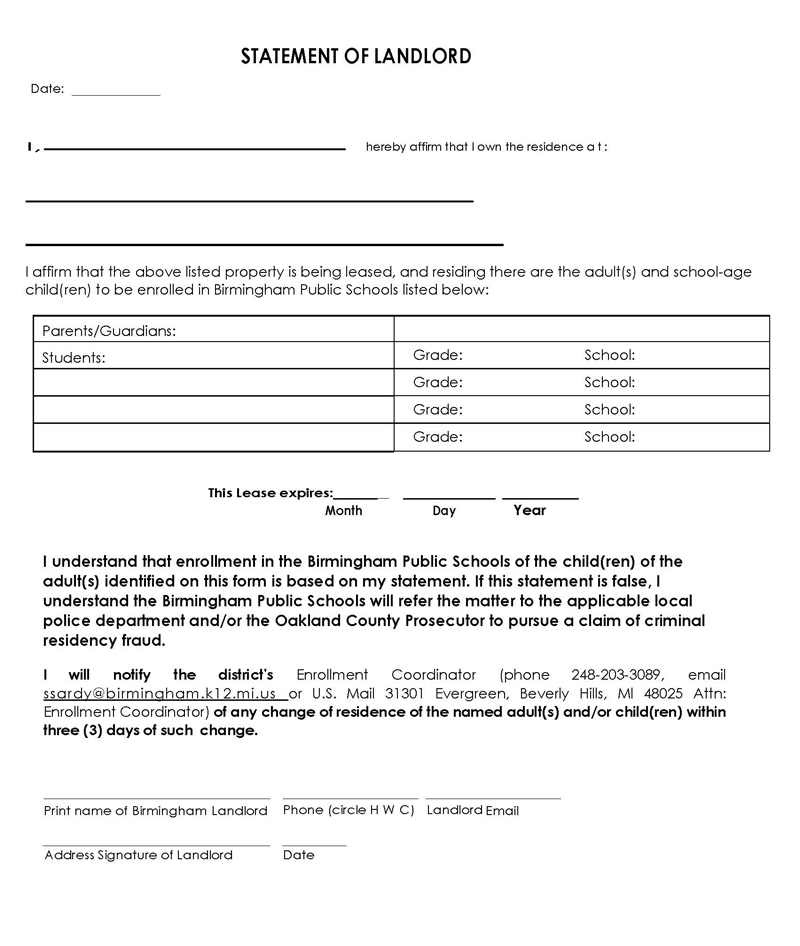
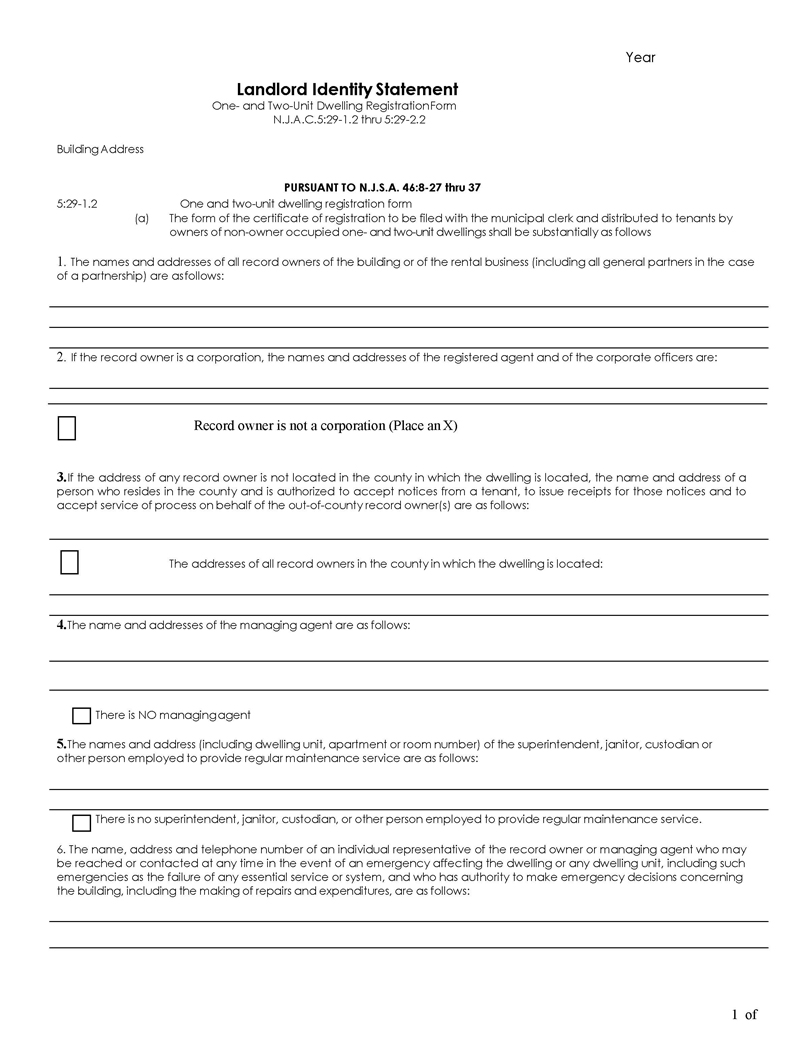
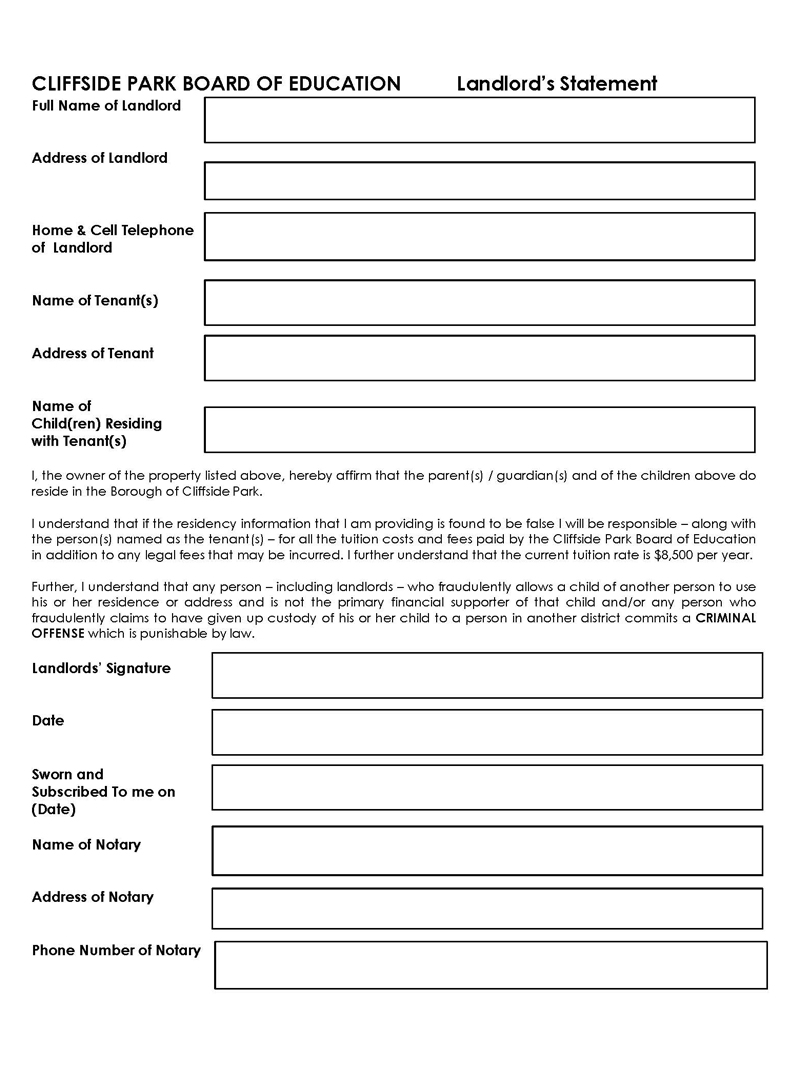
What Should You Disclose in a Statement?
Different entities will require you to disclose certain types of information. You will need to pick the right type of statement to ensure you have the proper format and disclose the required information to offer clarification. You can use the basic, NR, annual, sorted by income, property, and arrears statement templates. The basic template should include your opening balance and/or balance carried forward.
For the NR statement template, only use it if you are a landlord with several properties to disclose any reallocation information. In the annual statement, the focus is to disclose information regarding your tax returns; therefore, ensure that you include your rent receipts, management fees, and sales invoices.
The sorted-by-income statement template has three sections you should fill in with information. You should disclose details regarding your income from the property, monthly or yearly expenses, and payments made during the application period. Ensure that your opening balance or balance carried forward is included alongside the sub-total and transactions in proper date order.
The sorted-by-property statement template breaks down the many properties you may own into sections. You will need to include transactions and subtotals in proper date order alongside the opening balance and the balance carried forward of each property in their respective sections. In the arrears statement template, you must include statements by income for your property(s) as the landlord. Also, you should include the summary of the total arrears in your portfolio at the end of the template.
note
To properly fill in the sorted by income and property statement templates, you should avoid page breaks and ensure that you fix them on a single page with extra information continuing to the next page.
Different Ways for Filling a Statement
There are different ways of filling it out that you can use to prepare your own form.
Here are the three most effective ways to ensure you include the correct and complete content while using the appropriate format:
Fill it online
As a landlord filling your statement online, you should begin by clicking the Fill and Sign Online button on the blank page where you will access PDF templates. The next step will be to open the statement of your choice and access the editor’s advanced tools. At this stage, you will be able to start filling out your statement online.
Ensure you start with your official contact and identification information while marking the right checkbox for these details. Then, go through the template and fill in all the sections that require filling with the necessary information. You will also be required to certify your statement. You can do that by adding your signature using the sign tool in the editors’ advanced tools. Click on once you are through filling the form and then send it through online means.
Write a statement
When it comes to writing it yourself, ensure you are careful and include all the required content. Writing the statement can be time-consuming and stressful, and as a landlord, you should only write it when you need to add extra details to your document. Start by selecting a title that will identify your document, and then choose a proper format for the document.
Ensure your format will present your information in a neat and clear manner. Start with the leaser’s name and contact details, including the phone number, mailing address, and postal code. Follow that by writing the name of the tenant, their first day of the tenancy, the exact time when they moved in, their current location, their contact details, and their monthly payments.
You should include more details about your tenants’ rent, such as information about how they pay their rent and any issues or complaints, rent payment delays, and rent subsidy. Your statement should also include the details of your property’s location and the date you wrote it. You must certify the statement by signing and stamping at the end.
What Should be Included?
In your statement, there are important details that you must disclose when preparing it. This information is essential in providing clarification about you and your property and convincing a particular entity to offer assistance.
Here are the components you should include in your statement:
Opening balance
The statement should include your opening balance which is the balance that is carried forward in your account from your previous statement. This is important as it offers the different entities you are asking for assistance from an idea of your financial standings. This will help them identify the kind of financial assistance you will need for your property.
Income
Your income is also required in your template as you prepare the statement and is usually the money you make from your property; that is, the monthly rent from your tenants. If you are a landlord with property overseas, this section should also include tax credit details.
Expenditure
The expenditure section should disclose information about the amount that has been deducted from your income. For example, expenditures may include management fees, withholding tax, and supplier invoices.
Landlord’s payments
For this section of the template, your statement should indicate all the payments you have made to your account or those made by someone else. This may include security deposits from new tenants, monthly rent payments, contract rent, rent arrears from late rent payments, and fees charged for late payments.
Closing balance
Another detail that you must include in your template is the closing balance. This is the number of funds that remain in your account and may include float withheld, interest earned, and funds on account for work.
Float held
This is usually a float amount that is held by the agent who takes care of your property to deal with invoices that will arise in the future. This amount can be held by the agent for a long period of time unless needed or used and can change hands if you change your agent. This information is important and must be included in the template.
Reserve funds
In case you have some future work that you want to do on your property(s), the funds that you have set aside are known as reserve funds and must be included in the statement. These funds are usually for the expected invoices and to facilitate the completion of the work.
Pending invoices
The statement should also include the pending invoices. These are invoices that you have received but are yet to make the required payment. Any property you own that has any pending invoices should be included in this section too.
Invoices
Any invoice you may have received regarding your property should also be included in this section of your template. Ensure you provide the invoice number since they are important when it comes to accounting for the payments made.
Free Templates
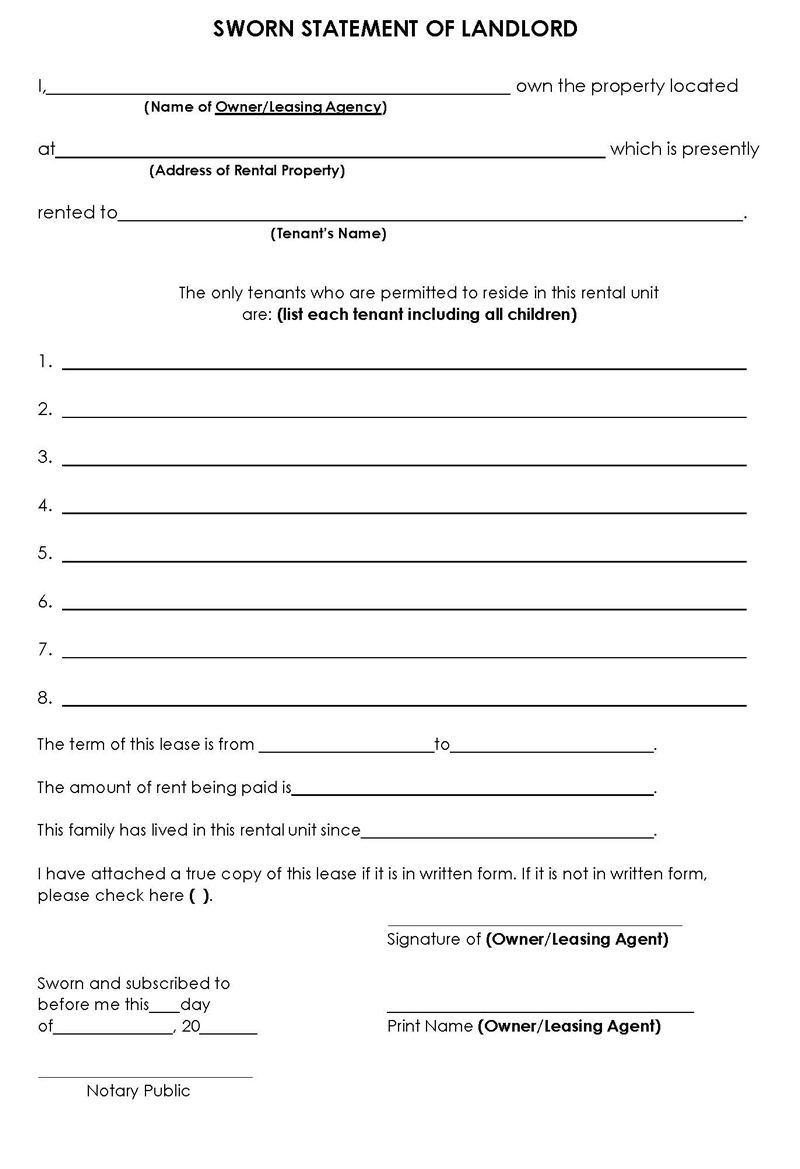
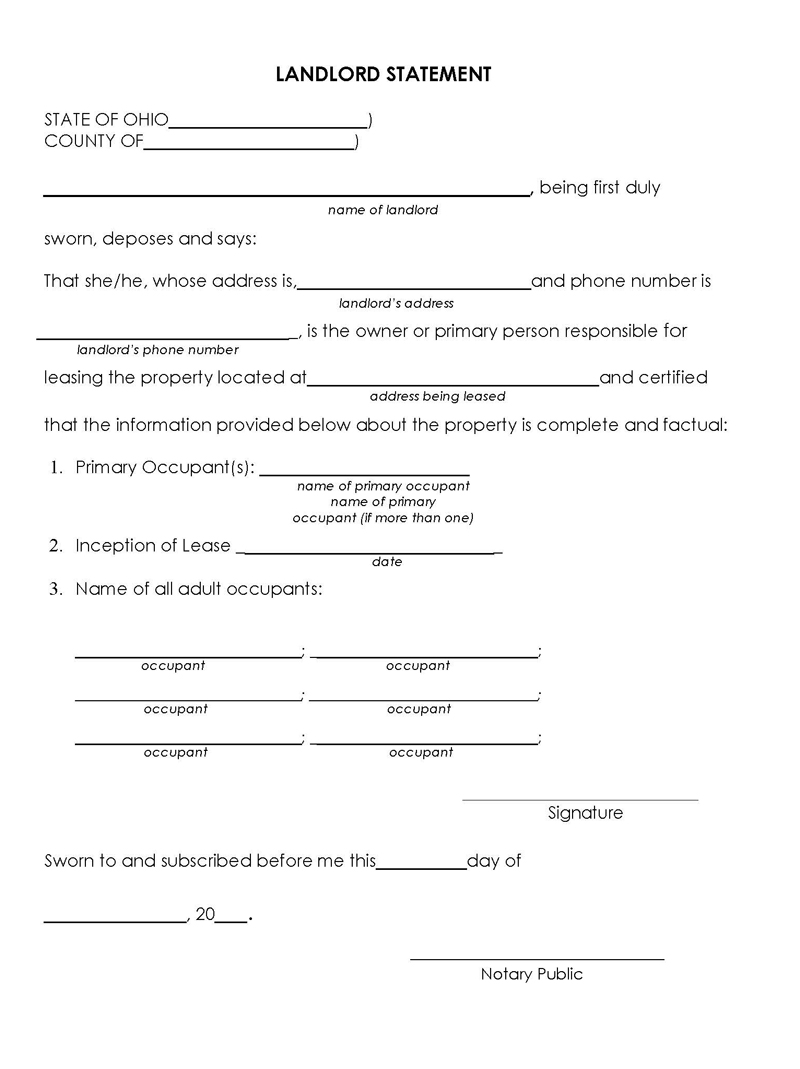
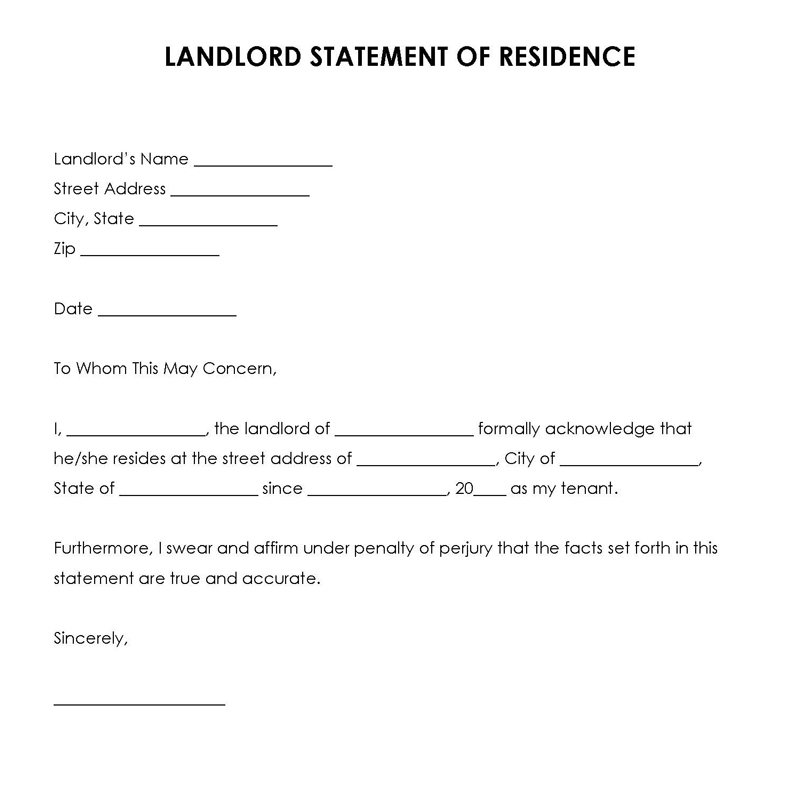
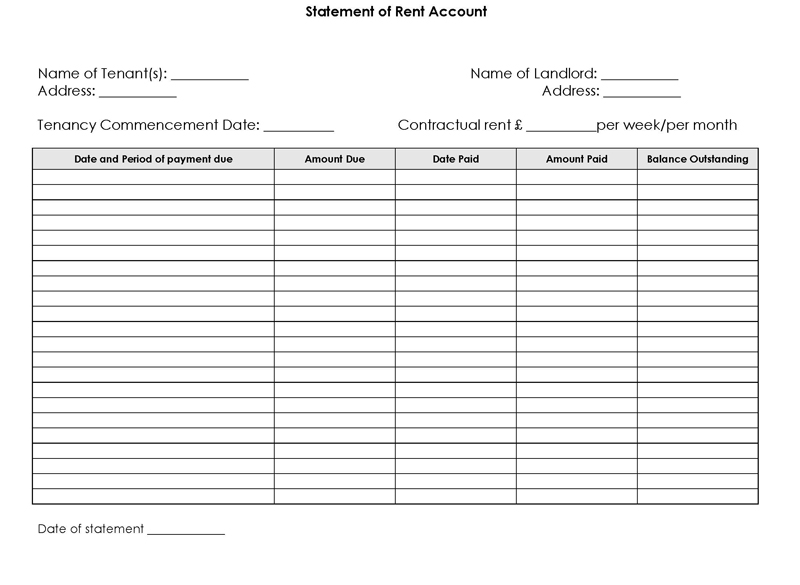
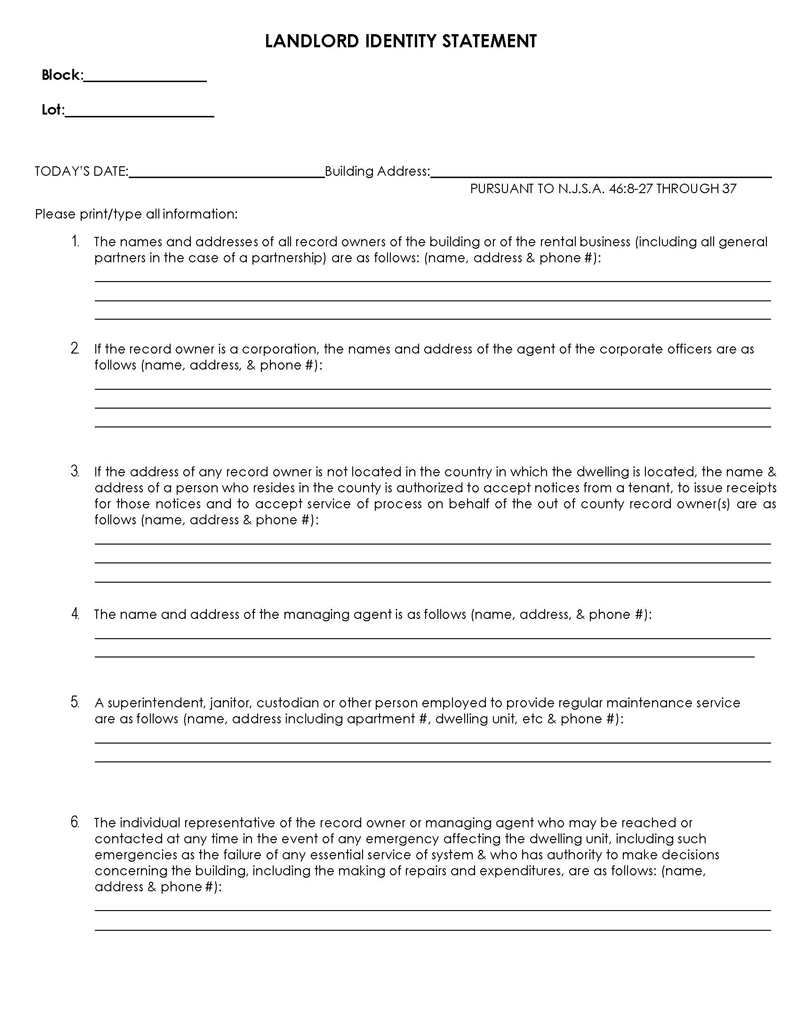
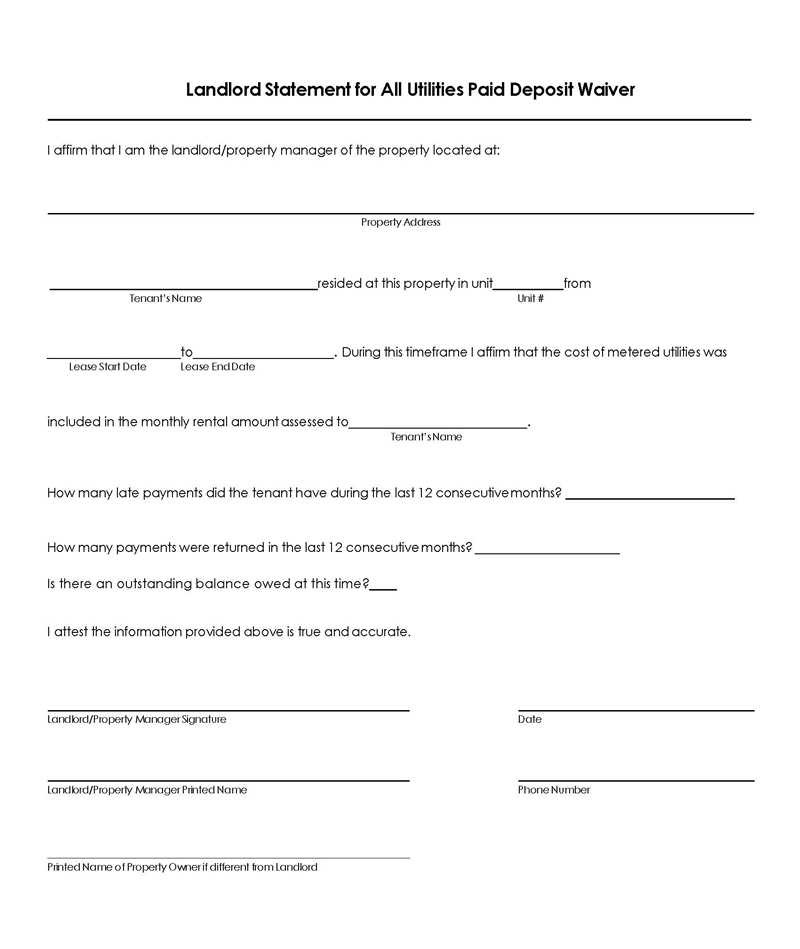
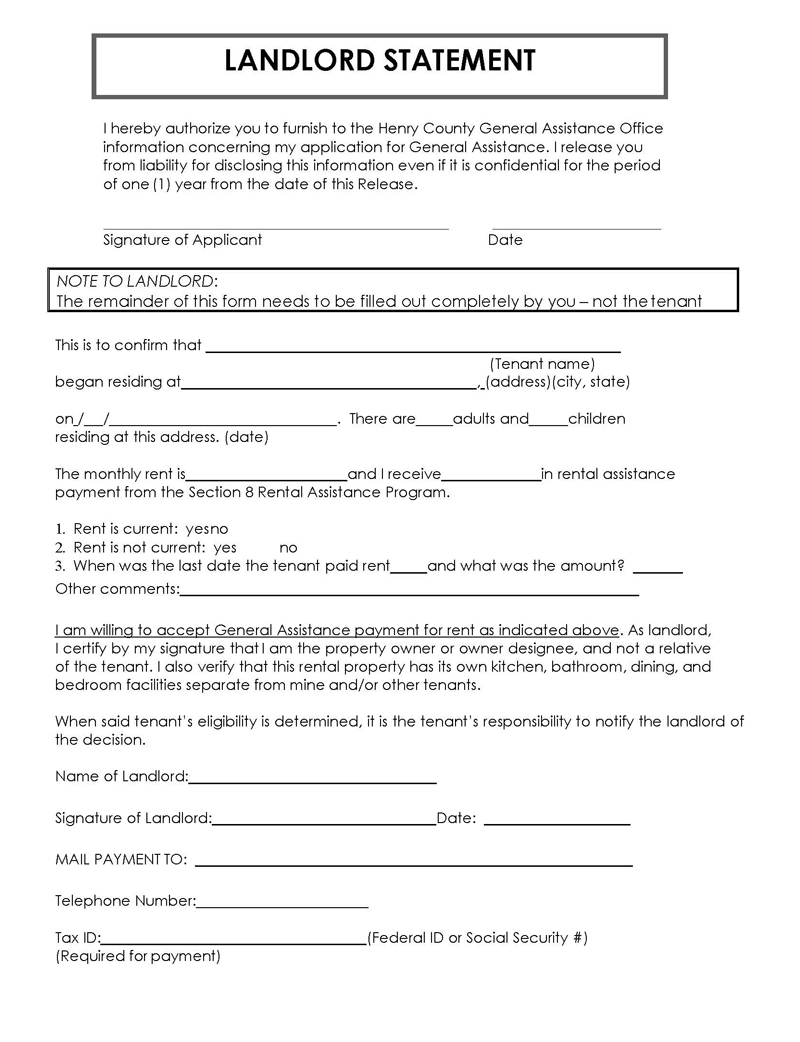
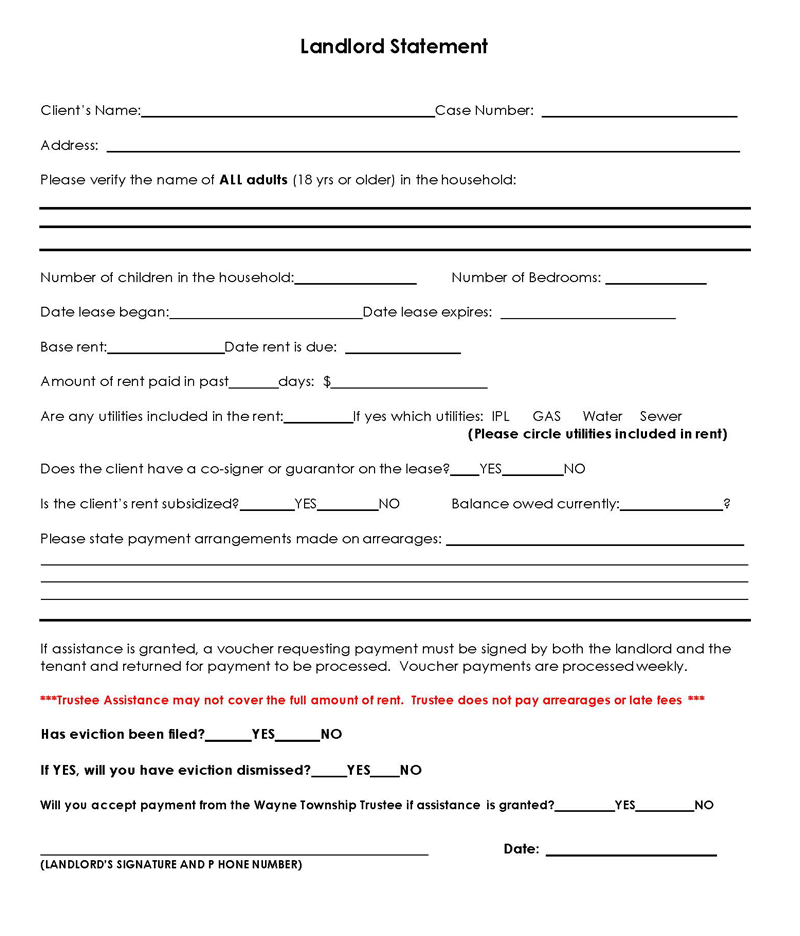
Frequently Asked Questions
A landlord statement is written by a landlord, while a rental statement is written by a tenant. A landlord statement focuses on looking for assistance from an entity, while a rental statement provides a record of payments made by the tenant, including the dates and the actual rent. When you choose to send the tenant a rental statement, it usually acts as a receipt and proof of the rent payments made, while a statement focuses on you and your property.
Apart from the landlord statement, you will need to send other documents like an insurance statement and an installation statement for you to get the assistance you need. As a landlord, the entity you need assistance from will require information about whether your property is insured or not and if you have insulated the house.
If any variations are needed in the statement, ensure that you make those changes in writing. The signatures of the proper parties are also required alongside the actual dates when the variations were implemented.












